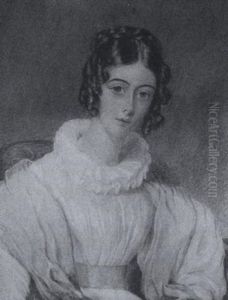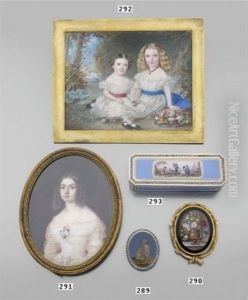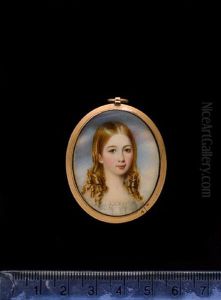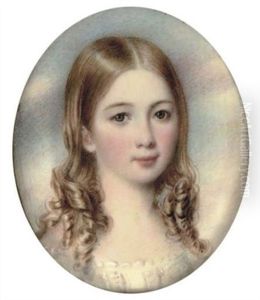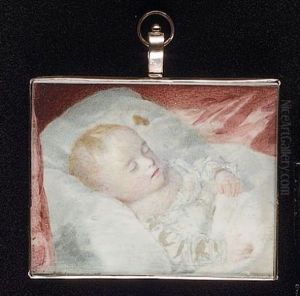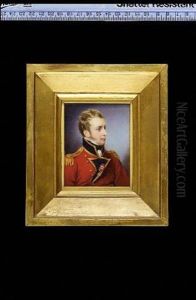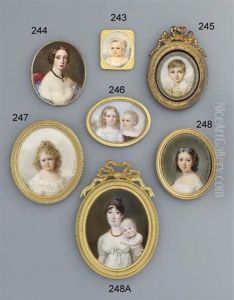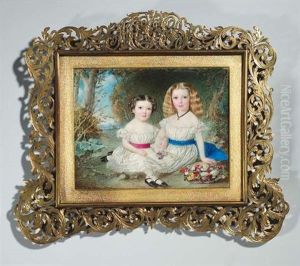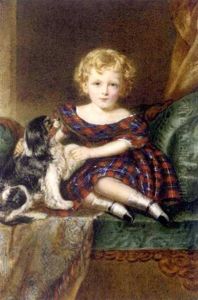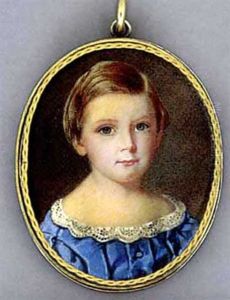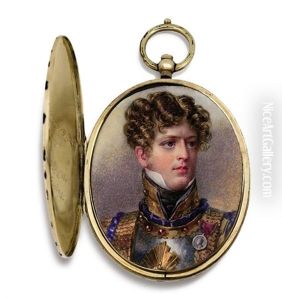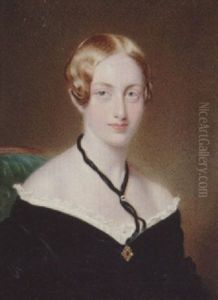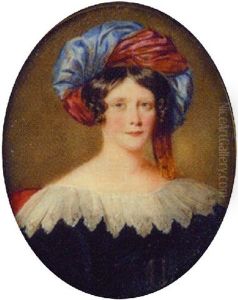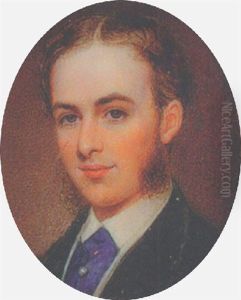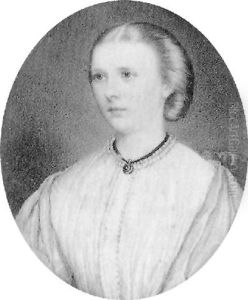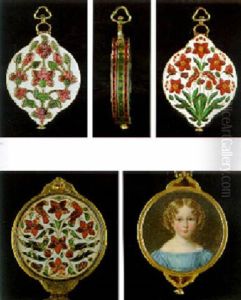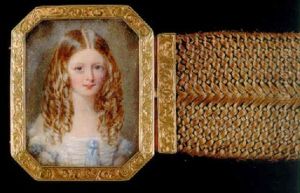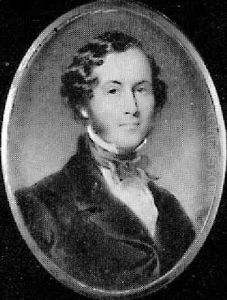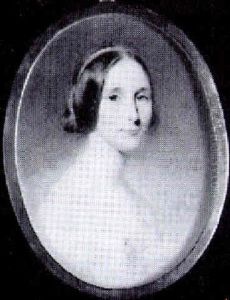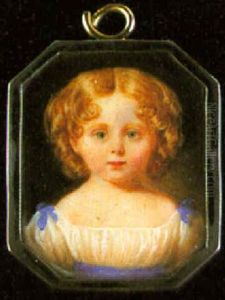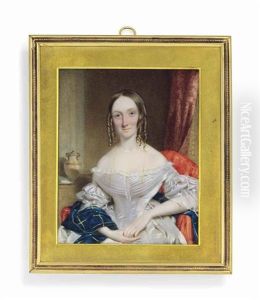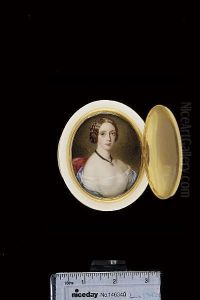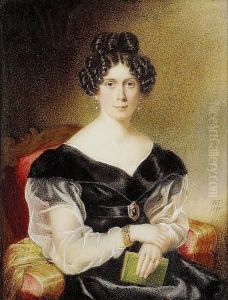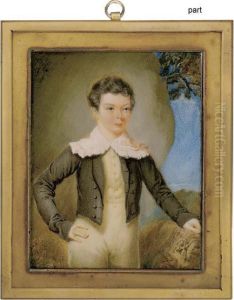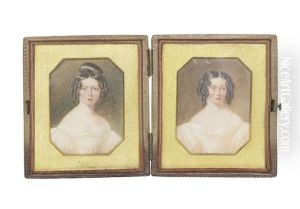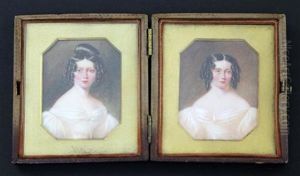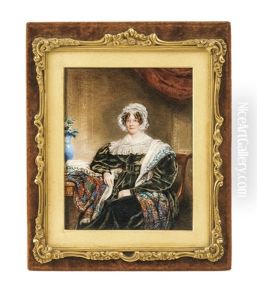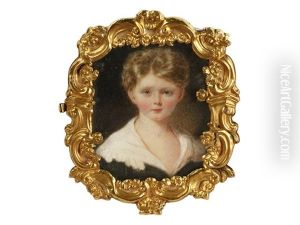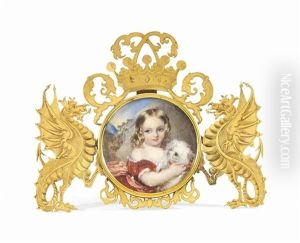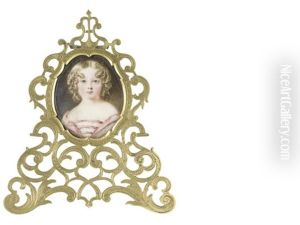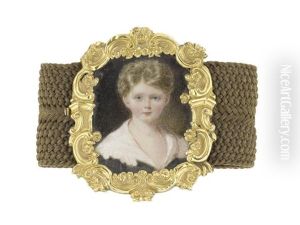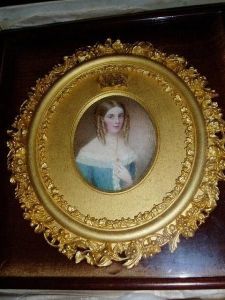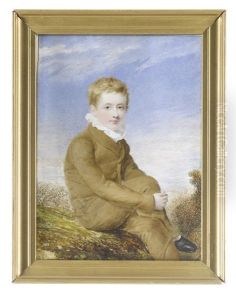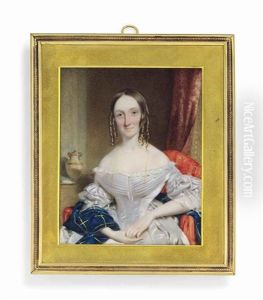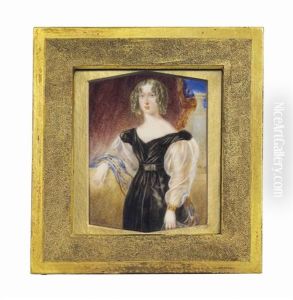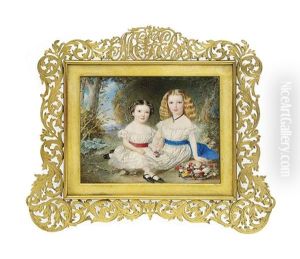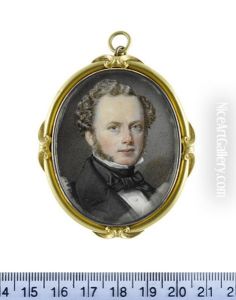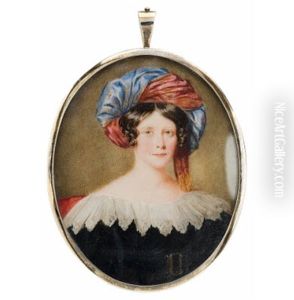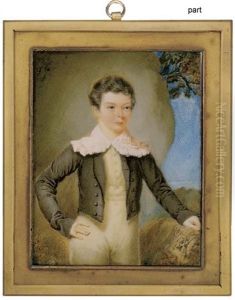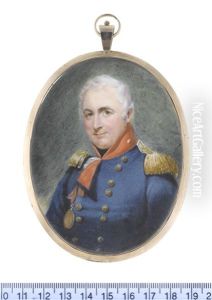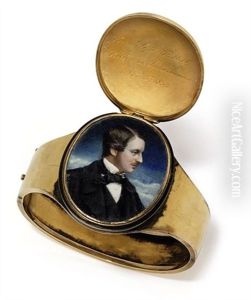William Egley Paintings
William Egley was an English painter who was born on December 26, 1826, in Doncaster, England. He was primarily known for his detailed genre scenes and portraits, as well as his work as an illustrator. Despite the lack of extensive documentation about his private life, we know that Egley was active during the Victorian era, a period which was marked by a rich cultural milieu and a strong emphasis on moralistic and narrative art.
Egley's father, William Egley senior, was also an artist and engraver. This close family connection to the arts likely provided the younger Egley with early exposure to the art world and influenced his decision to pursue an artistic career himself. He began his artistic education under the guidance of his father and continued his studies at the Royal Academy Schools, where he honed his skills and developed his distinctive style.
During his career, Egley exhibited at various prestigious institutions such as the Royal Academy, the British Institution, and the Society of British Artists. His works were often characterized by their meticulous detail and vibrant storytelling, reflective of the Victorian taste for narrative and moralizing in art. One of his most famous paintings, 'Omnibus Life in London' (1859), is a prime example of his attention to detail and ability to capture the complexities of contemporary urban life.
Although he was a contemporary of the Pre-Raphaelite Brotherhood, Egley did not strictly adhere to their principles. Nonetheless, his work did share some aesthetic qualities with the Pre-Raphaelites, such as an interest in realism and a focus on historical and literary themes. However, Egley's approach was more conventional, and he did not seek to challenge the artistic norms of the time as the Pre-Raphaelites did.
William Egley's contributions to Victorian art were recognized during his lifetime, and his paintings were collected by a number of patrons. Despite this, he has not been as widely remembered as some of his contemporaries. Egley continued to paint throughout his life, and his later works included religious subjects and continued to showcase his skill in portraiture and genre scenes.
William Egley passed away on July 25, 1916, in Kensington, London. His legacy is preserved through his paintings, which provide a window into the Victorian era and its complex social narratives. Egley's dedication to his craft and his ability to capture the essence of his time make him an interesting, if somewhat overlooked, figure in the history of 19th-century British art.
